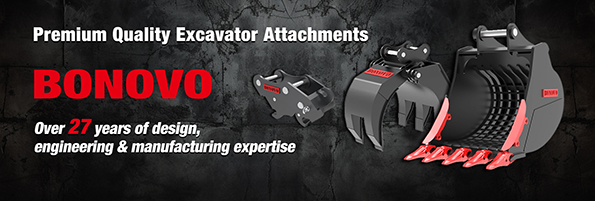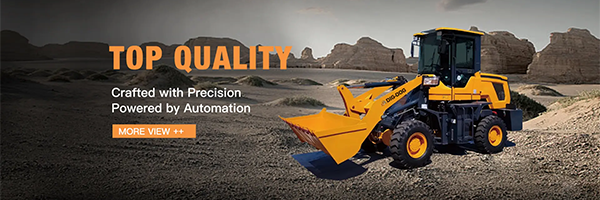With the rapid development of construction machinery, wheeled excavators are being used more and more widely. They are often seen playing an irreplaceable role in road construction, earthwork excavation, mining excavation and other fields. However, in the process of using wheeled excavators, various faults will inevitably occur, hindering our work progress. So, how to troubleshoot wheeled excavators? Let's explain it in detail below.
How to troubleshoot wheeled excavators
First, to troubleshoot wheeled excavator faults, you need to master its internal structure and working principle. From the overall structure of the excavator, it is mainly divided into three parts: chassis, upper part and hydraulic system. The hydraulic system is the core and soul of the excavator, which determines its working efficiency and stability. Therefore, to troubleshoot wheeled excavator faults, you need to start with the hydraulic system, check the hydraulic oil level, oil temperature, oil quality, bubbles and foreign matter, and ensure the normal operation of the hydraulic system. In addition, you also need to pay attention to checking the key parts of the hydraulic system such as pipelines, pumps, valves, cylinders and hydraulic motors, troubleshoot the source of the fault, and repair or replace it in time.
Second, the electronic control system of the wheeled excavator is also an important aspect of troubleshooting. The system involves multiple components such as batteries, generators, lines, sensors, controllers, etc. When an abnormality occurs, it will cause the excavator to fail to start, stop, move, or dig normally, thus affecting the progress of the work. Therefore, when troubleshooting wheeled excavators, it is necessary to check the relevant components in the electronic control system to ensure that the circuit connection is normal, the sensor signal is sensitive, and the controller responds quickly, so as to avoid problems caused by electronic control system failures. At the same time, it is also necessary to pay attention to cleaning components such as LCD screens, buttons, and interfaces, and improve the quality of circuit contact on the basis of ensuring a certain degree of cleanliness to ensure the normal use of the equipment.
Third, when troubleshooting wheeled excavators, it is also necessary to pay attention to details. For example, pay attention to tire maintenance, regularly check wheel hub bolts, brake fluid volume, brake wear, etc., to ensure the safety of vehicle operation; when entering and exiting mines, construction sites and other workplaces, pay attention to the possibility that ore and soil impurities may enter the equipment, causing failures in the hydraulic system, electronic control system, etc.; when using the equipment, it is also necessary to pay attention to operating specifications to avoid unauthorized disassembly, modification, and misoperation, and ensure the safety and stability of the equipment.
According to the above article, troubleshooting wheeled excavator failures requires multiple aspects, including the hydraulic system, electronic control system, and equipment details. It also requires a certain level of technical skills and maintenance awareness, and regular maintenance, repair, and replacement of related equipment to ensure that the wheeled excavator can continue to play its role stably and make greater contributions to engineering construction and manufacturing.
Buy a small excavator, buy a second-hand small excavator, buy excavator parts, sell excavator parts, buy a small excavator
Choose DIG-DOG for high-quality, customizable brush cutters for skid steers with fast delivery. Contact us today to discover how our superior products can enhance your land management tasks!
for more info just visit our website at www.dig-dog.com
contact # : +86 158 6218 2088
email : sales@bonovogroup.com
How to troubleshoot wheel excavator
- DIG-DOG
- Counselor
- Posts: 645
- Joined: Oct 20th, '24, 22:38
- Location: China

